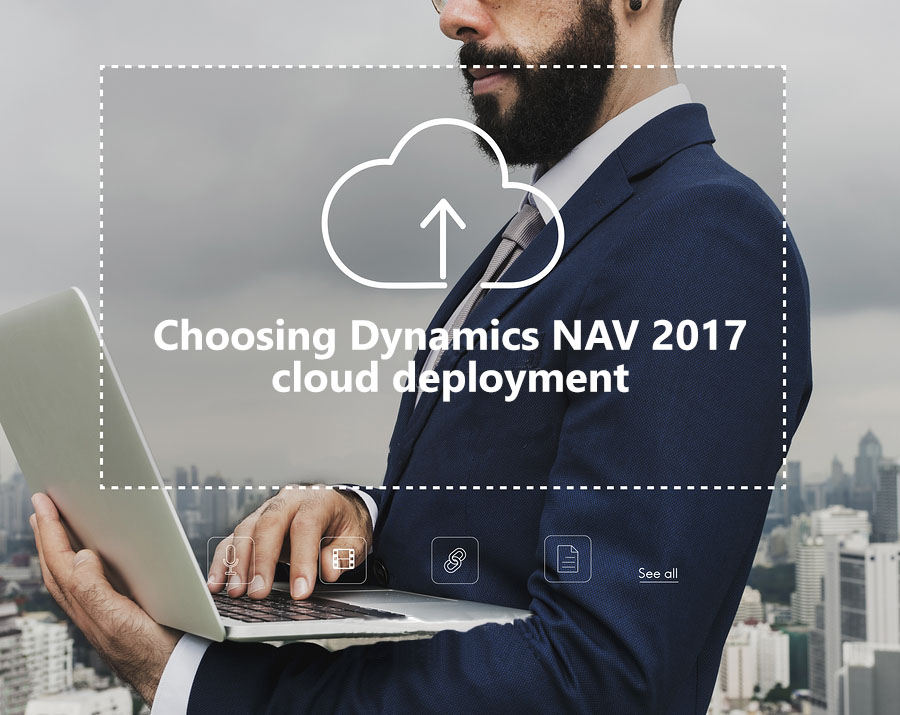
SMB owners of manufacturing and distribution companies are quite aware of the ongoing global competition for their products. Often, the ability to drive future growth can come down to following best practices in data management:
“As such, generating data isn’t the issue; it’s accessing it and then using it to leverage positioning within a competitive marketplace.” Manufacturing.net
Doing so requires new tactics and strategies, such as opting for a cloud-based ERP platform, like a Dynamics NAV cloud deployment in lieu of building out on-premise servers. At the core of such determinations, decision-makers must consider their operational versus capital expenditures before the investments are made.
Choosing Dynamics NAV 2017 cloud deployment
Choosing Dynamics NAV 2017 cloud deployment through Microsoft Azure, eliminates the need for costly server buildouts, for example, or expensive licensing of on-premise software with expansion modules that may not be accessed for some time.
Dynamics NAV is designed for an array of business processing functions in finance, manufacturing, supply chains, analytics and eCommerce situations.
What’s more NAV 2017’s HTML5 Web client enhances mobility in other operating systems: Android, OS and Linux, adding remote capabilities for better collaboration with real-time data that leads to optimal decision-making opportunities—initiate P0’s from the field, or generate customer profiles and status reports from the client’s office.
Still, NAV clients can also choose a hybrid solution, thereby mitigating infrastructure costs while enjoying the benefits of a web-enabled deployment in the cloud.
Discover the Dynamics Difference by working with a certified, Microsoft Gold partner. Contact us to learn more about subscription levels, implementation and deployment options with the Dynamics product line.
{{cta(’52a6f94c-7ea9-4a8d-bf2d-9432e3c12709′)}}





